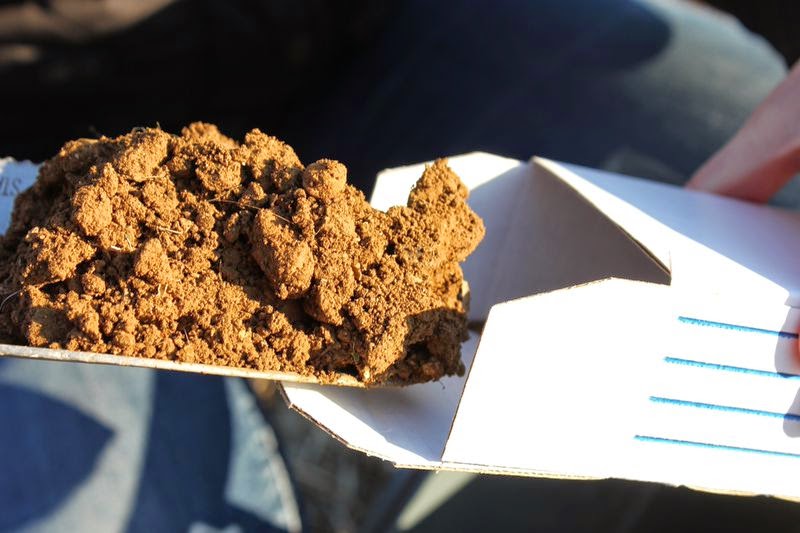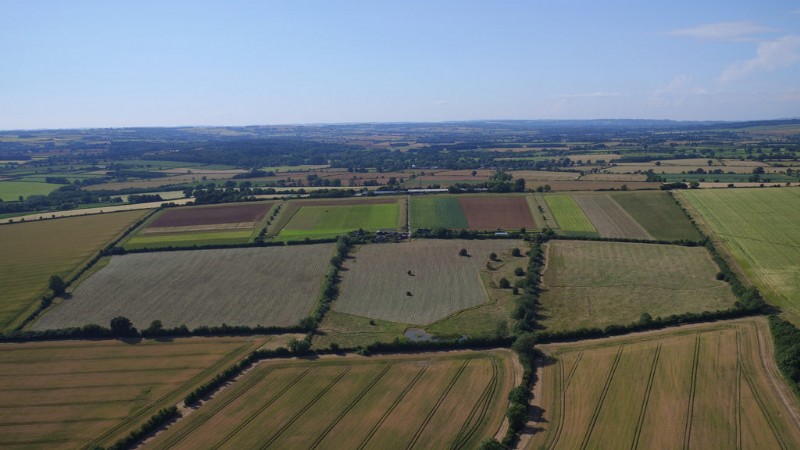There are always surprises in farming, of course.
Our first came when Cotswold District Council Health Department served notice on the spring fed water supply to Honeydale. Typically for this area, the water contained high levels of nitrate so was deemed unfit for human consumption, meaning the first digging on the land was to install the new water pipes.
In order to be able to make a baseline assessment of the soil health so that we can monitor any changes, we took a soil sample from all seven fields in March, collecting in the classic ‘W’ pattern and sent if off to the NRM soil testing lab.
There are two types of soil at Honeydale. The arable land is typical Cotswold limestone but the grassland which covers nearly half the area is lyas clay which lies very wet with higher water tables and poor drainage.
The test results showed the soil contained an average of about 4-5% organic matter, which was about what we’d expected, though it was slightly higher on the grassland. The soil is relatively alkaline with a higher PH on the arable ground.
P & K levels seem fine and we didn’t want to apply fertilisers or manures this year because want to observe how the crops fare at this benchmark level before we start making any changes.




